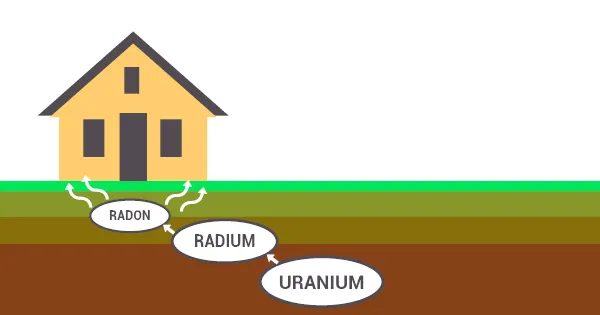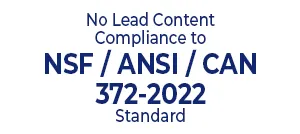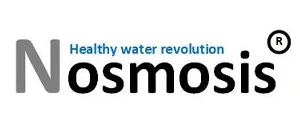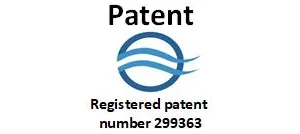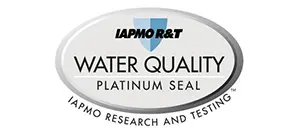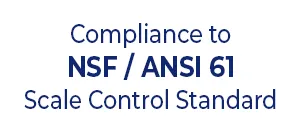Radon, a naturally occurring radioactive gas, is a known health risk primarily associated with lung cancer. While much focus has been on radon in indoor air, recent studies from the Environmental Protection Agency (EPA) and the World Health Organization (WHO) have highlighted significant risks associated with radon in drinking water and particularly during activities like showering.
What Exactly Is Radon?
Before diving into the water-related concerns, it’s worth understanding what we’re dealing with. Radon is a colorless, odorless, tasteless radioactive gas that forms naturally from the decay of uranium in soil, rock, and water. You can’t see, smell, or taste it—making it particularly insidious. According to the National Cancer Institute, radon is the second leading cause of lung cancer after smoking, responsible for an estimated 21,000 deaths in the United States annually.
The Science Behind Radon in Water
Recent studies show:
- Radon Levels in Water: The EPA and WHO have identified that radon concentrations in drinking water are generally lower than in soil or air but can be elevated in areas with uranium-rich soil. This means that while the levels in water might seem low, they can still pose risks, especially when water is used in ways that release radon into the air. The concentration of radon in groundwater varies dramatically based on your location’s geology. Homes relying on private wells rather than municipal water supplies are particularly vulnerable, as public water systems typically involve treatments and exposure to air that naturally reduce radon levels before the water reaches your home.
- Release of Radon into Air: Activities such as showering, cooking, and washing with radon-containing water can release radon gas into the indoor air. According to the EPA, this process can significantly increase indoor radon levels. WHO studies confirm that the radon released from water, especially during showering, contributes to the overall radon exposure in homes. Consider this: when you turn on a hot shower, approximately 50-70% of the radon in that water is released into the air you breathe. In a small, poorly ventilated bathroom, these levels can spike dramatically in a matter of minutes.
- Health Risks: The primary health concern associated with radon in water is the inhalation of radon gas. During showers, the heating of water releases radon into the air in the form of steam and droplets, which can be inhaled. This exposure is a significant risk factor for lung cancer. WHO and EPA studies indicate that this risk is comparable to, or even greater than, radon exposure from air in poorly ventilated homes. While ingestion of radon through drinking water does present some risk—potentially linked to stomach cancer—it’s far less significant than the inhalation risk. The EPA estimates that ingestion accounts for only about 11% of the total health risk from radon in water.
Important fact:
Why Your Home Might Be at Risk
Not all homes face the same level of risk when it comes to radon in water. Several factors can increase your likelihood of elevated exposure:
- Geographic Location: If you live in an area with high concentrations of uranium in the bedrock (parts of New England, the Appalachian mountains, and some western states are notorious for this), your risk is naturally higher.
- Water Source: Private wells, especially deep wells drilled into granite or other uranium-rich rock, typically have higher radon levels than shallow wells or surface water sources. Municipal water supplies generally have lower radon levels due to the treatment processes they undergo.
- Home Construction: Modern, energy-efficient homes with limited air exchange can trap radon that’s released from water, leading to higher concentration levels indoors.
Testing: The First Step to Safety
Most homeowners are completely unaware of the radon levels in their water. Unlike municipal water systems, which test for a variety of contaminants, private wells aren’t subject to the same regulations. This regulatory gap leaves many families unknowingly exposed.
Simple test kits are available for measuring both air and water radon levels. The EPA recommends testing your home’s air for radon first, as this is the most direct health risk. If air levels are elevated and you use well water, testing your water becomes the logical next step.
Effective Solutions for Safer Water
Efforts to manage radon exposure should consider both air and water sources. For homes with high radon levels in water, using effective filtration systems can help mitigate these risks. Enhanced ventilation and regular monitoring are also recommended to reduce radon levels in indoor air.
Two main types of water treatment systems effectively address radon:
- Granular Activated Carbon (GAC) Filters: These systems trap radon as water passes through activated carbon. They’re effective for moderate radon levels and are relatively affordable, though they require proper maintenance and eventual disposal of the radioactive carbon.
- Aeration Systems: These systems introduce air into the water, allowing radon to escape into a vented chamber before the water enters your home. They’re highly effective (reducing up to 99.9% of radon) but tend to be more expensive.
Both TipaTech’s water filtration systems have an Air Release patent. The only water filtration systems in the world that releases air and Oxygen-derived gases from our water. This technology not only addresses radon concerns but provides multiple water quality benefits through its innovative approach to gas reduction.
Taking Action: A Multi-Layered Approach
Comprehensive radon protection involves addressing both air and water pathways. While testing is the crucial first step, a multi-layered approach yields the best protection:
- Install radon-reduction systems for both air and water if needed
- Improve ventilation, especially in bathrooms and kitchens where water use is highest
- Schedule regular maintenance for your filtration systems
- Re-test periodically to ensure continued protection
Remember, since radon is invisible and symptomless, regular testing is your only reliable way to know if your protective measures remain effective.
The risks associated with radon in water deserve greater attention in our discussions about home safety. While the dangers may be invisible, the science behind them is clear. By understanding how radon enters and affects our homes through water, we can take appropriate steps to protect ourselves and our families from this hidden health threat.
With proper testing and the right filtration technology, you can significantly reduce your exposure risk and enjoy water that’s not just clean-tasting, but truly safer for your long-term health.
